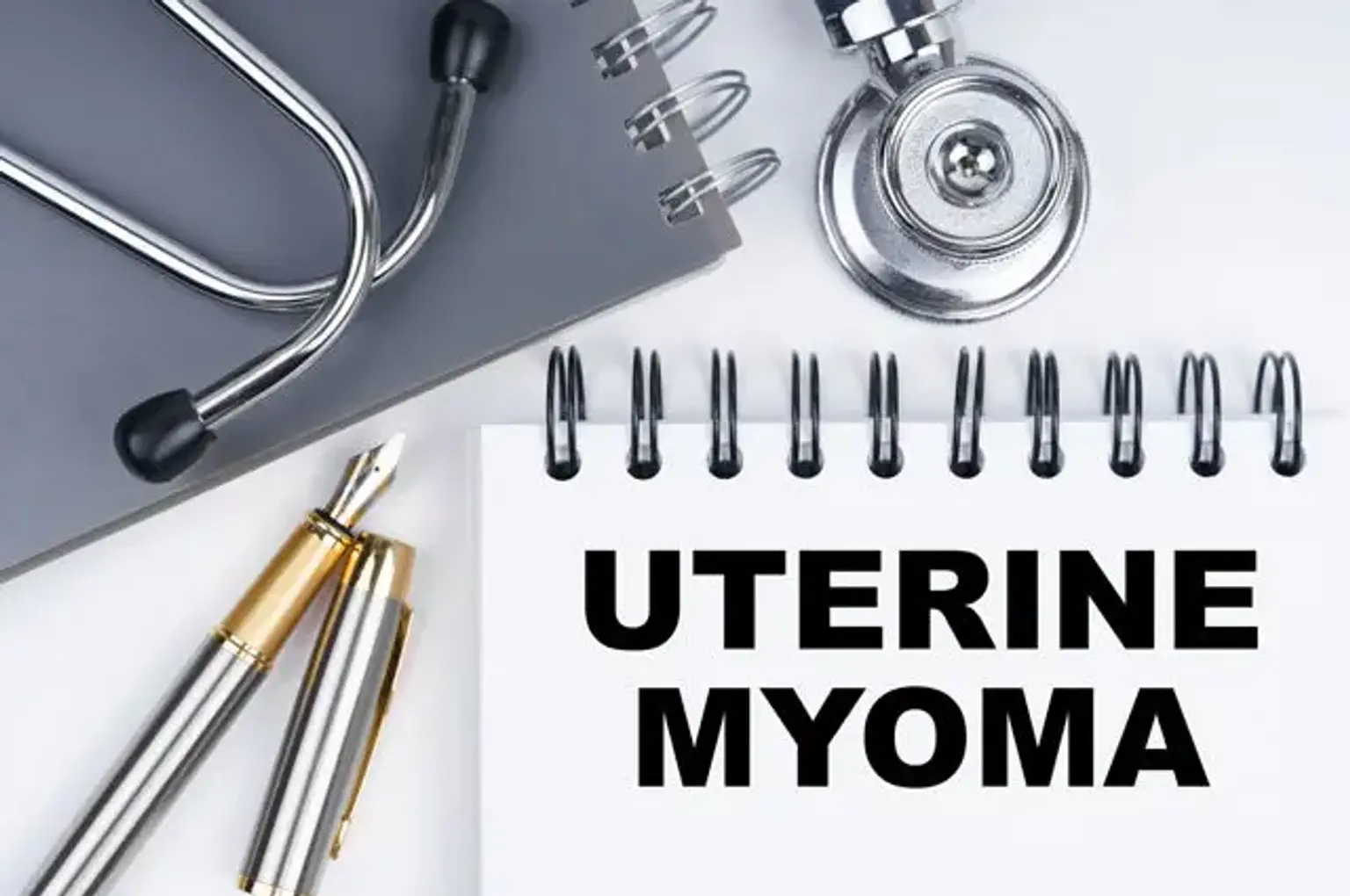Introduction
Submucosal fibroids are a common yet often misunderstood condition that can significantly impact a woman’s health and quality of life. These fibroids, which develop within the muscular wall of the uterus, grow just beneath the inner lining (endometrium). Though fibroids in general are benign (non-cancerous) tumors, submucosal fibroids can lead to a variety of symptoms that interfere with everyday life, including heavy menstrual bleeding, pelvic pain, and in some cases, infertility.
While many women may not even be aware that they have fibroids due to the lack of symptoms, those who experience discomfort or complications should not ignore them. Understanding submucosal fibroids is the first step in recognizing their symptoms, exploring treatment options, and making informed decisions about your health. In this article, we will delve into the causes, diagnosis, and treatment of submucosal fibroids, focusing on the surgical option of fibroid removal to provide relief and restore uterine health.
What Are Submucosal Fibroids?
Submucosal fibroids are located beneath the endometrial lining of the uterus, protruding into the uterine cavity. These fibroids can vary in size, and larger fibroids tend to cause more noticeable symptoms. The most common symptoms include heavy or prolonged menstrual bleeding, pelvic pain or pressure, and problems with fertility. While the exact cause is not fully understood, factors such as hormones (especially estrogen), genetics, and environmental factors are believed to contribute to fibroid development. These fibroids are most common in women between the ages of 30 and 40, though they can affect women at any reproductive age.
Treatment Options for Submucosal Fibroids
Treatment for submucosal fibroids varies depending on the fibroid size, severity of symptoms, and the patient's reproductive goals:
Observation: In cases of small, asymptomatic fibroids, doctors may simply monitor the fibroids over time through regular check-ups and ultrasounds.
Medications: For symptomatic relief, hormonal treatments such as birth control or progesterone may help manage heavy bleeding. Nonsteroidal anti-inflammatory drugs (NSAIDs) like ibuprofen can help alleviate pelvic pain but do not address the fibroids directly.
Surgery: If fibroids are large, cause significant symptoms, or affect fertility, surgical options include:
Hysteroscopic Myomectomy: A minimally invasive procedure where fibroids are removed through the cervix. This is typically the preferred option for submucosal fibroids due to its effectiveness and quick recovery time.
Laparoscopic Myomectomy: Involves small incisions in the abdomen to remove fibroids. It is typically used for fibroids that are deeper within the uterine wall.
Abdominal Myomectomy: For larger or more numerous fibroids, a larger incision may be necessary. This option is more invasive but may be needed for extensive fibroid removal.
